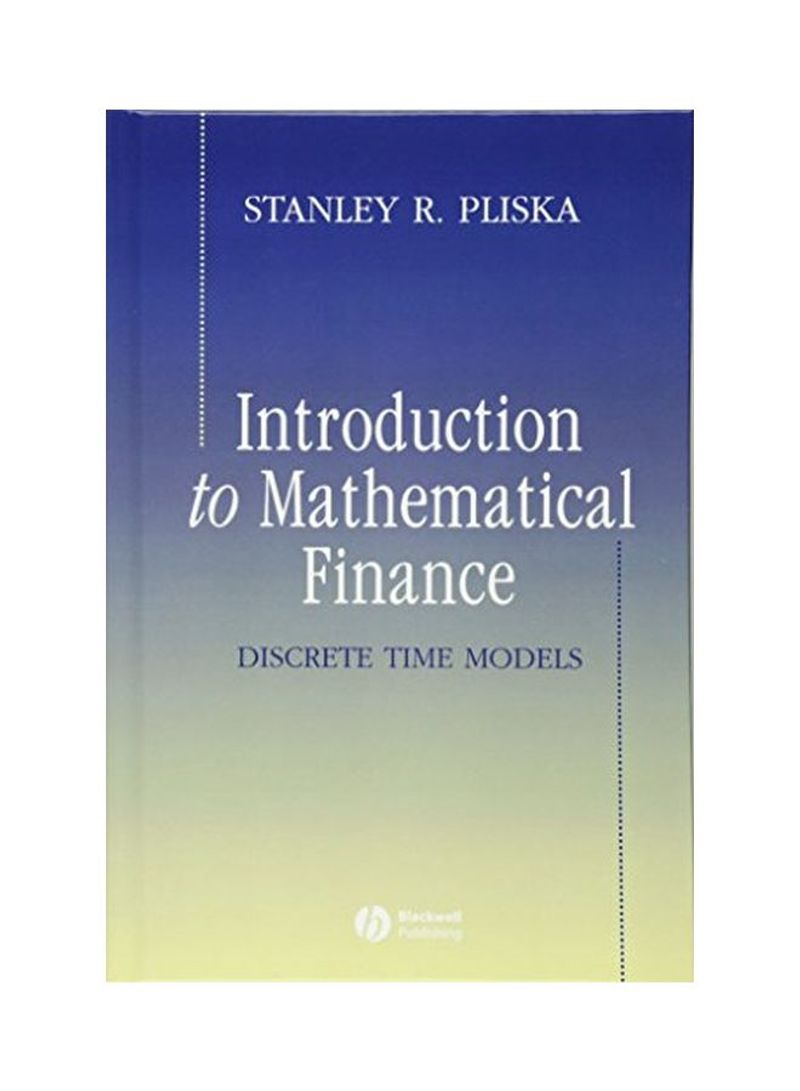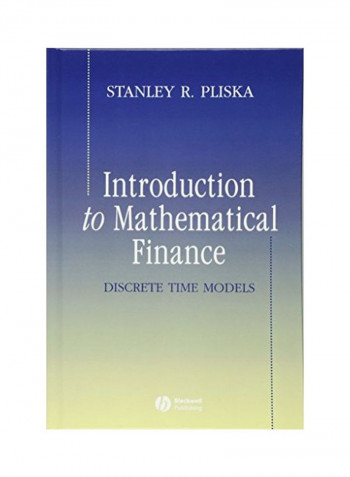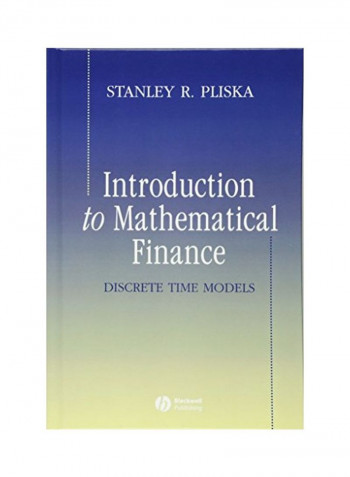Introduction To Mathematical Finance: Discrete Time Models Hardcover
Recommend
Sort by
Rating
Date
Specifications
Author 1
Stanley R. Pliska
Book Description
This book is designed to serve as a textbook for advanced undergraduate and beginning graduate students who seek a rigorous yet accessible introduction to the modern financial theory of security markets. This is a subject that is taught in both business schools and mathematical science departments. The full theory of security markets requires knowledge of continuous time stochastic process models, measure theory, mathematical economics, and similar prerequisites which are generally not learned before the advanced graduate level. Hence a proper study of the full theory of security markets requires several years of graduate study. However, by restricting attention to discrete time models of security prices it is possible to acquire mathematics. In particular, while living in a discrete time world it is possible to learn virtually all of the important financial concepts. The purpose of this book is to provide such an introductory study.There is still a lot of mathematics in this book. The reader should be comfortable with calculus, linear algebra, and probability theory that is based on calculus, (but not necessarily measure theory). Random variables and expected values will be playing important roles. The book will develop important notions concerning discrete time stochastic processes: prior knowledge here will be useful but is not required. Presumably the reader will be interested in finance and thus will come with some rudimentary knowledge of stocks, bonds, options, and financial decision making. The last topic involves utility theory, of course: hopefully the reader will be familiar with this and related topics of introductory microeconomic theory. Some exposure to linear programming would be advantageous, but not necessary.The aim of this book is to provide a rigorous treatment of the financial theory while maintaining a casual style. Readers seeking institutional knowledge about securities, derivatives, and portfolio management should look elsewhere, but those seeking a careful introduction to financial engineering will find that this is a useful and comprehensive introduction to the subject.
ISBN-13
9781557869456
Language
English
Publisher
John Wiley and Sons Ltd
Publication Date
14 Jul 1997
Number of Pages
276
About the Author
Stanley Pliska is the founding editor of the scholarly journal Mathematical Finance. He is noted for his fundamental research on the mathematical and economic theory of security prices, especially his development of important bridges between stochastic calculus and arbitrage pricing theory as well as his discovery of the risk neutral computational approach for portfolio optimization problems. He is currently teaching and researching in the areas of interest rate derivatives and dynamic asset allocation.
Editorial Review
I believe that this is an excellent text for undergraduate or MBA classes on Mathematical Finance. The bulk of the book describes a model with finitely many, discrete trading dates, and a finite sample space, thus it avoids the technical difficulties associated with continuous time models. The major strength of this book is its careful balance of mathematical rigor and intuition. Peter Lakner, New York University



